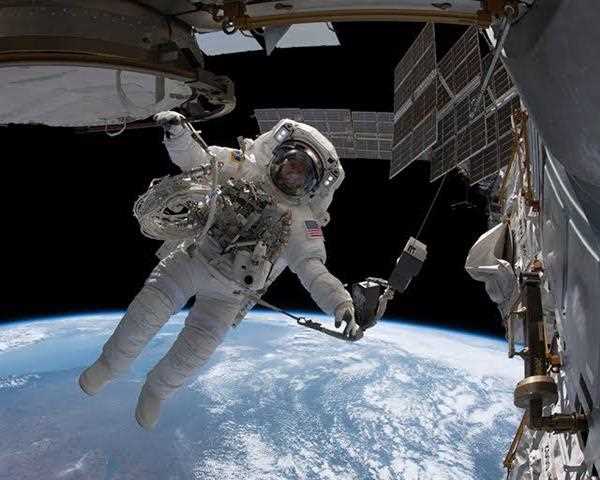Quantum computing and nanotechnology are two cutting-edge fields that hold great potential for advancing space science and exploration. Here's how these technologies are being applied in the context of space science:

Quantum Computing in Space Science:
1. Simulation and Modeling: Quantum computers offer the ability to simulate and model complex physical systems more efficiently than classical computers. In space science, this capability can be leveraged to study the behavior of celestial bodies, simulate astrophysical phenomena, and understand the dynamics of space environments.
2. Optimization and Navigation: Quantum computing can enhance optimization algorithms used in space mission planning and navigation. It can help optimize satellite orbits, trajectory planning, and resource allocation for space missions, leading to more efficient and precise space exploration.
3. Cryptography and Secure Communication: Quantum computing can contribute to the development of quantum-resistant cryptographic algorithms, ensuring secure communication between space-based assets. Quantum communication protocols, such as quantum key distribution, can provide enhanced security for satellite communication and data transmission.
4. Quantum Sensing and Metrology: Quantum technologies, including quantum sensors, can enable more precise measurements and metrology in space science. These sensors can be used for gravitational wave detection, magnetic field measurements, and high-resolution imaging, allowing for improved observations and data collection.
Nanotechnology in Space Science:
1. Lightweight Materials: Nanotechnology enables the development of lightweight and durable materials, which are highly desirable in space applications. Lightweight materials can reduce the mass of spacecraft, improve fuel efficiency, and enable the deployment of larger payloads for scientific missions.
2. Solar Cells and Energy Harvesting: Nanomaterials can enhance the efficiency of solar cells used in space. By utilizing nanostructured materials, researchers can design solar cells with improved light absorption, conversion efficiency, and durability. Nanotechnology also offers potential for energy harvesting from ambient sources in space.
3. Spacecraft Coatings and Thermal Management: Nanocoatings can be applied to spacecraft surfaces to improve thermal management, protect against radiation, and enhance resistance to micrometeoroid impacts. These coatings can also provide anti-static properties, reduce friction, and improve the longevity of space-based assets.
4. Miniaturized Sensors and Electronics: Nanotechnology enables the development of miniaturized sensors and electronics for space applications. Nanosensors can provide highly sensitive detection capabilities for monitoring various parameters in space, such as radiation levels, atmospheric composition, and spacecraft health.
5. Water Filtration and Life Support Systems: Nanotechnology plays a role in developing advanced water filtration systems for space missions. Nanomaterials can remove contaminants, purify water, and contribute to efficient water recycling and life support systems in space environments.
6. Nanosatellites and CubeSats: Nanotechnology has facilitated the miniaturization of satellites, leading to the development of nanosatellites and CubeSats. These small satellites can perform various space science missions, including Earth observation, atmospheric research, and technology demonstrations at a lower cost.
The application of quantum computing and nanotechnology in space science is still in its early stages, but holds immense promise. Continued research, collaboration, and technological advancements in these fields will contribute to enhancing our understanding of the universe, improving space exploration capabilities, and enabling breakthrough discoveries in space science.